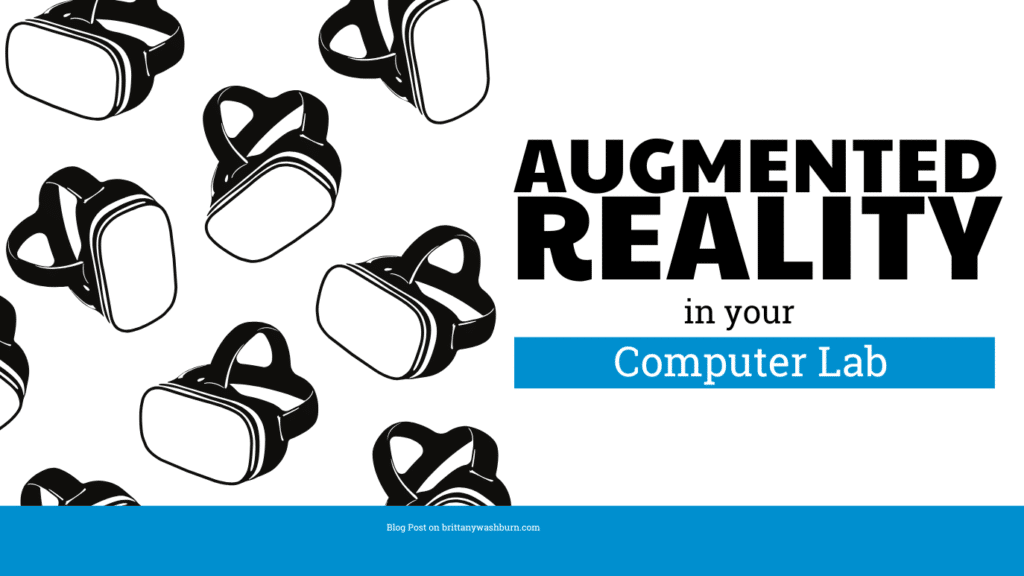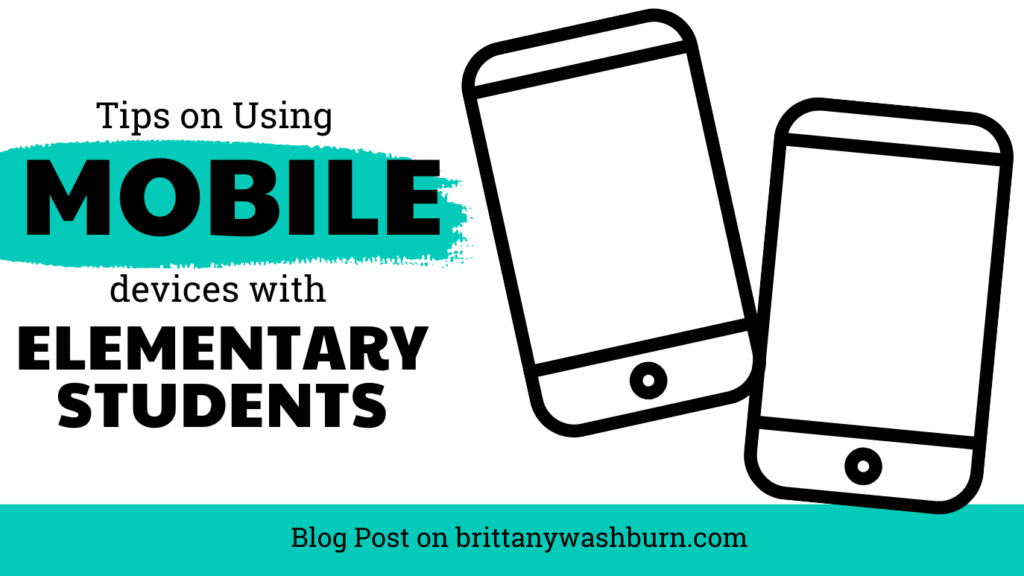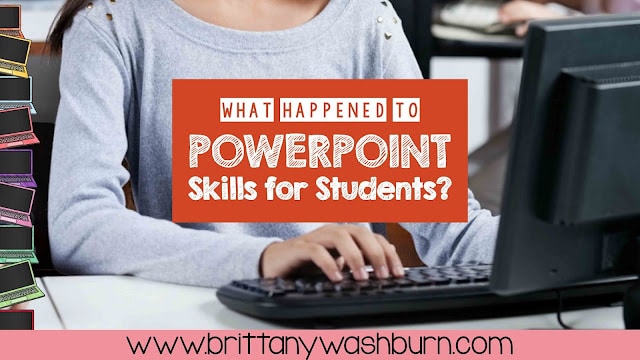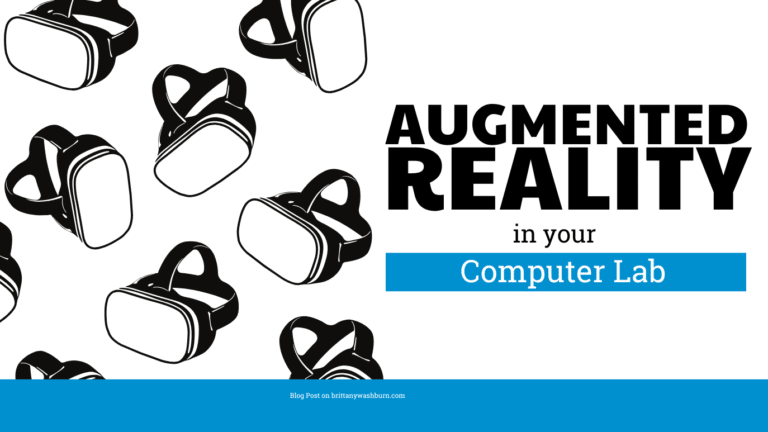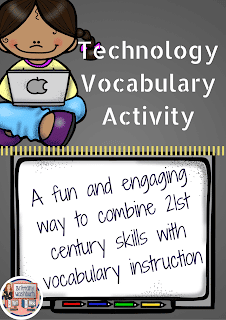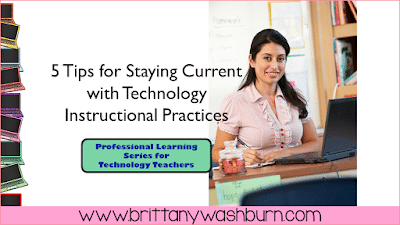Tablets in the Classroom: More Than Just Games
In the realm of education, tablets are not just tools for playing games or watching videos; these versatile devices hold immense potential to transform the learning experience in classrooms. This article delves into the multifaceted role of tablets in education. We explore how they can enhance student engagement, personalize learning, and empower both teachers and students.
21 Other Ways to Use Your iPads
So, how to use your iPads for more than just games? These 21 ideas will give you plenty of activities to choose from.
Try using iPads in your classroom to have students:
- Participate in interactive lessons, such as these Web Based Digital Activities for Any Device.
- Record video diaries to respond to learning, take notes, capture important information on field trips, and more.
- Make audio recordings to add to projects, or even simply practice reading aloud.
- Write/illustrate their own stories.
- Code their own projects that support your curriculum goals.
- Create digital diagrams and dioramas.
- Collaborate using Digital Resources.
- Take quizzes.
- Read ebooks, educational articles and other relevant content.
- Develop map skills.
- Create Green screen projects with stunning digital content that allows pupils to discuss, evaluate or reflect on their learning using their imagination and digital skills.
- Employ virtual manipulatives for math, etc.
- Create or complete labeling activities.
- Complete sorting and matching activities.
- Perform drawing activities including illustrations, letter/number formation, pictionary, etc.
- Work on basic design principals.
- Fine-tune their touch gestures.
- Familiarize themselves with settings and hardware.
- Practice matching app types to the educational purpose they are seeking to accomplish.
- Learn browsing basics on these 10 Kid-Friendly Browsers for the iPad.
- Engage in video chat and messaging such as the Global Collaborator ISTE STandard might require.
Recommended Sites & Apps
Check out our articles on iPad Friendly Websites, Apps for K-5 and iPad Activities for Kindergarten specifically.
How to find and evaluate effective apps for teaching
When looking for apps to use in the classroom, teachers should look for apps that are well-reviewed and recommended by other teachers or education professionals. In addition, teachers should evaluate apps based on their functionality, ease of use, and educational value. Finally, teachers should test apps before using them in the classroom to ensure that they are a good fit for their students’ needs and learning styles.
Managing Your Tablets
MDM (mobile device management) solutions enable IT to remotely configure devices, manage dozens of settings, and easily purchase and distribute apps and books. Meraki, a cloud-based management platform, enables schools to manage their iPads with ease. There are many other options as well, such as Jamf, Kandji, and Mosyle. Our Guide to Managing School iPads with Meraki can help you get underway.
Tips for keeping iPads in good condition
Keeping iPads in good condition is essential for ensuring that they are effective teaching tools. Teachers should invest in protective cases, enforce rules for how to handle iPads, and regularly clean and maintain them. It’s also important to ensure that iPads are charged and updated regularly and that they are stored securely when not in use. By taking these steps, teachers can ensure that their iPads are both effective teaching tools and long-lasting investments for their classrooms.
Our Resources

Introducing iPad Apps
If you have iPads to use with your students, want to introduce the default apps, and want students to practice using the apps independently, then this set of tutorials and task cards is for you! These tutorials and task cards are here to show you all of the possibilities with these 6 default apps that come pre-installed on iPads.

Digital STEM Challenges™ iOS Apps Version
Digital STEM challenges are designed to allow students to explore digital tools while creating something using the steps of the engineering design process. The best part is that nearly every topic and subject area can be incorporated into these challenges, so they can be used as a part of your daily academic activities, not as an extra thing to fit into your schedule.
Conclusion
As tablets continue to impact the educational landscape, it is evident that their potential goes far beyond mere entertainment. Finding a balance between technology-driven instruction and traditional methods will be key to ensuring that students receive a well-rounded and comprehensive education. By harnessing the power of interactive apps, facilitating personalized learning experiences, and empowering educators with innovative teaching tools, tablets are paving the way for a more dynamic and engaging classroom environment. With ongoing advancements in educational technology and a commitment to addressing implementation challenges, the future of tablets in education holds promise for enriching learning outcomes.
Top 8 Apps and Programs for Streamlining Classroom Management and Assessment
The integration of technology has become the underpinning which supports teachers as they manage their…
Step-by-Step Guide to Customizing Editable PowerPoint and Google Slides Files for Teachers
Creating engaging presentations is an important skill for educators. Whether you’re teaching a lesson, presenting…
Using Augmented Reality in the Classroom: Tips and Tricks for Success
Augmented reality superimposes digital content, including hologram images, onto a user’s view of what they…
Tech Savvy: How to Use Mobile Devices as Teaching Tools
The integration of smartphones, tablets, and other mobile technologies in educational settings opens up a…
Tablets in the Classroom: More Than Just Games
In the realm of education, tablets are not just tools for playing games or watching…




